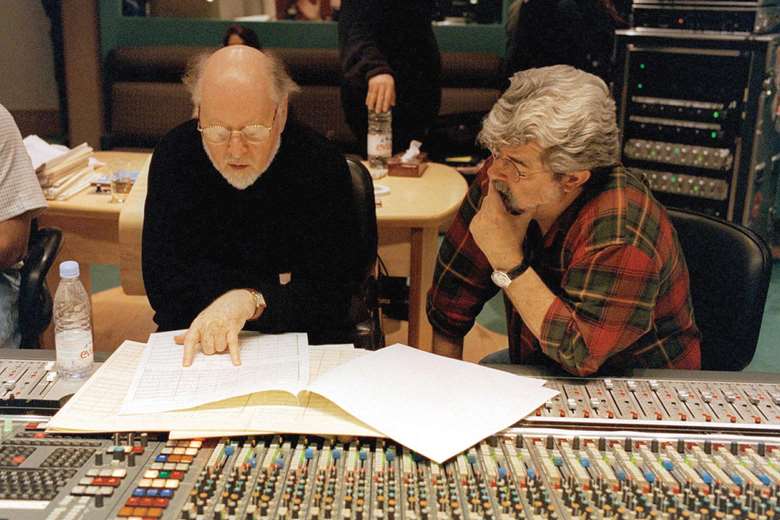The art of film music – with John Williams, Alexandre Desplat and Clint Mansell
Charlotte Smith
Wednesday, February 8, 2017
The great film composers can connect a story with our emotions but to do that, says Charlotte Smith, they embrace the genre as a collaborative art form

Register now to continue reading
Thanks for exploring the Gramophone website. Sign up for a free account today to enjoy the following benefits:
- Free access to 3 subscriber-only articles per month
- Unlimited access to our news, podcasts and awards pages
- Free weekly email newsletter








